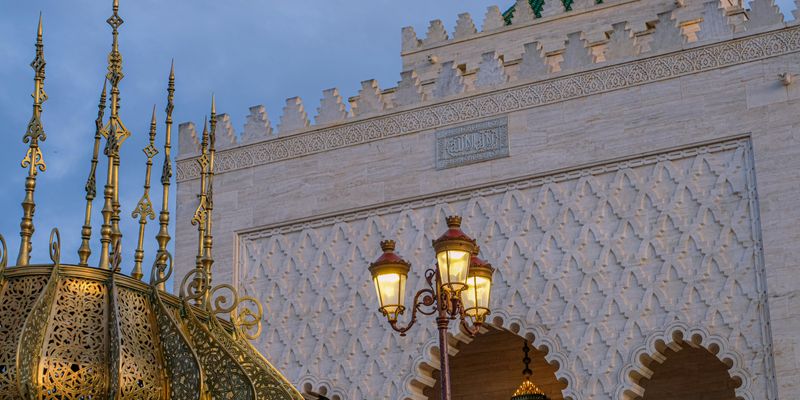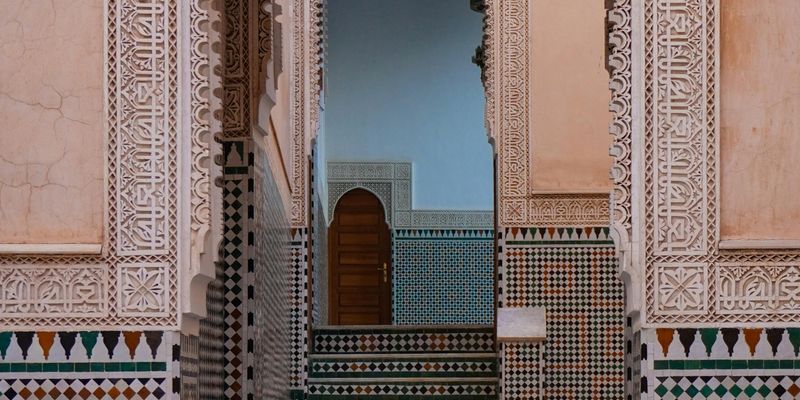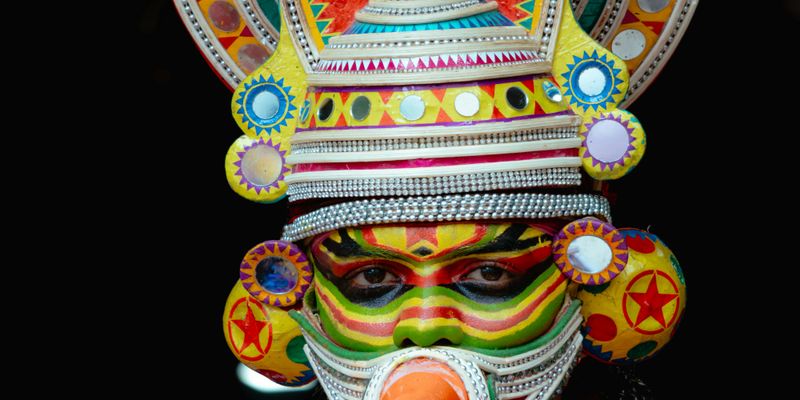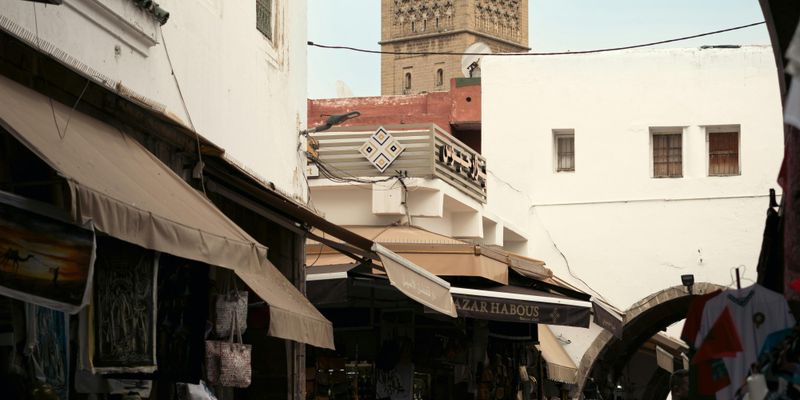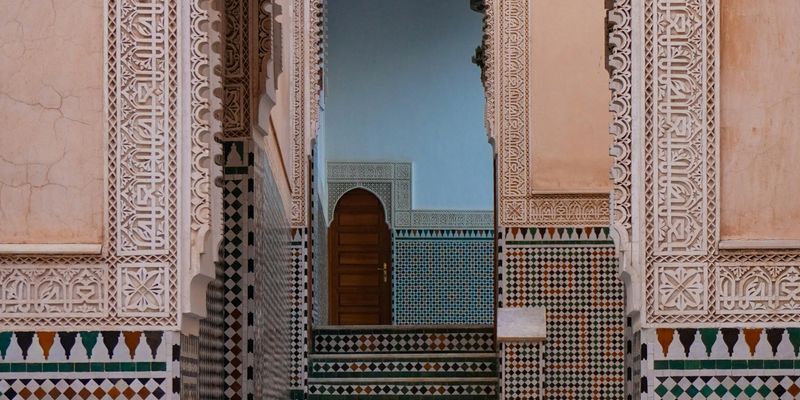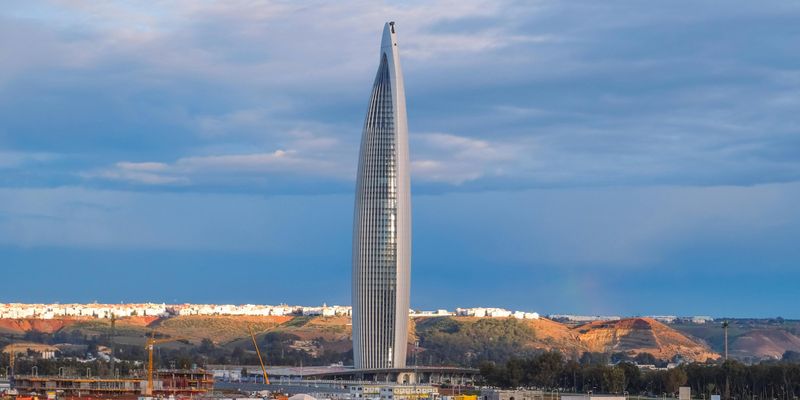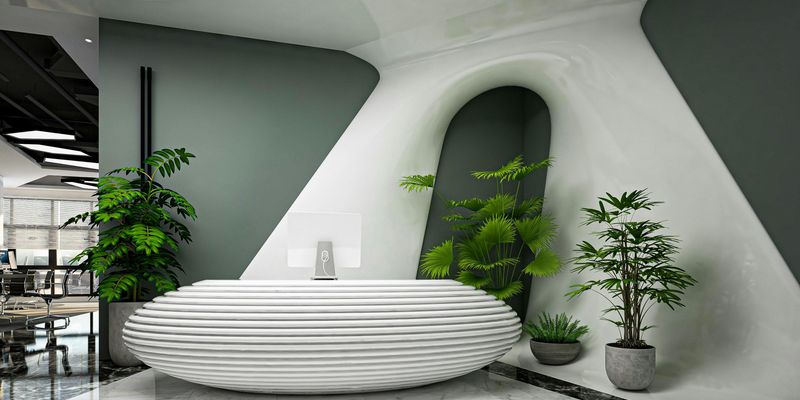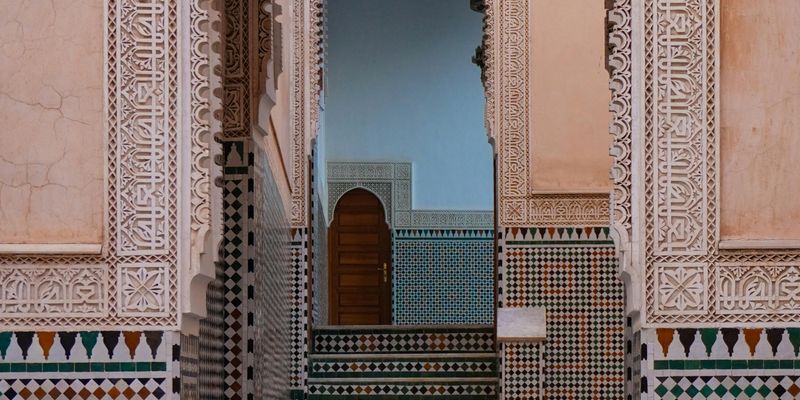
Introduction
Welcome to Morocco, a land where every corner offers a glimpse into a rich tapestry of history, culture, and art. One of the most captivating aspects of this beautiful country is its architecture, which not only serves functional purposes but also tells a vibrant story of its heritage. From the intricately tiled mosques to the bustling medinas adorned with colorful riads, Morocco's architecture is a testament to the diverse influences that have shaped this North African gem.
1. The Variety of Styles
As you traverse through Morocco, you'll notice a striking array of architectural styles that reflect the various civilizations that have called this land home. In cities like Marrakech, the famous Koutoubia Mosque stands tall as a magnificent example of the Almohad style, characterized by its grand minaret and meticulous attention to detail. The use of intricate geometrical patterns, or zellige, showcases Morocco’s longstanding tradition of artistry.
Then, head over to Fez, where the ancient medina is a UNESCO World Heritage site that offers a window into the medieval past. The Medersa Bou Inania stands out with its stunning stucco, cedar wood carvings, and vibrant tiles, representing the Merinid dynasty's architectural prowess.
2. Echoes of the Past
Moroccan architecture is not just aesthetic; it's deeply intertwined with the country’s history. For example, the ancient ruins of Volubilis illustrate the Roman influence that permeated through parts of Morocco. The remnants of triumphal arches and sprawling mosaics unveil stories of a time when the Romans ruled northwestern Africa.
The influence of Islamic architecture can be seen in the sleek minarets and domes of mosques, while the later architectural styles introduced by the Portuguese and Spanish can be spotted in coastal cities like Essaouira, known for its fortified walls and bastions.
3. The Soul of Traditional Living
Stepping into a traditional Moroccan riad (a type of house built around a central courtyard) is like stepping back in time. These homes are more than just places to live; they are reflections of the value placed on family life, hospitality, and community. The design often incorporates lush gardens, intricate fountains, and brightly colored tiles, serving as tranquil oases amidst the bustling city life.
During my visits to these riads, I have always been struck by how interpersonal connections flourish in such spaces, echoing the traditional Moroccan way of living where family and guests are cherished above all else. You can even enjoy a *tagine* dinner prepared in an authentic kitchen—a wonderful way to delve deeper into the culture while savoring exquisite flavors.
4. Modern Influences and Sustainability
In recent years, many architects in Morocco have begun to blend traditional styles with contemporary design. This fusion of old and new is evident in substantial projects like the Rabat Grand Theatre, which embraces modernity while respecting Morocco’s artistic heritage. This approach not only revitalizes cities but also promotes sustainability, aiming to preserve the cultural identity within the context of modern life.
Conclusion
In exploring Morocco’s architectural landscape, we find a rich chronicle of history, a celebration of artistry, and a testament to the enduring spirit of its people. Each building, whether ancient or contemporary, offers a narrative woven through time, showcasing the beauty of its heritage.
As you plan your visit or simply learn more about this incredible country, let the stories behind the architecture guide you in understanding Morocco on a deeper level. Whether it’s the serene call to prayer echoing from a minaret or the intricate designs of a riad, each element invites you to discover the soul of Morocco.
Tags
- Discover Morocco
- History & Heritage
- Art & Design
